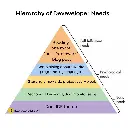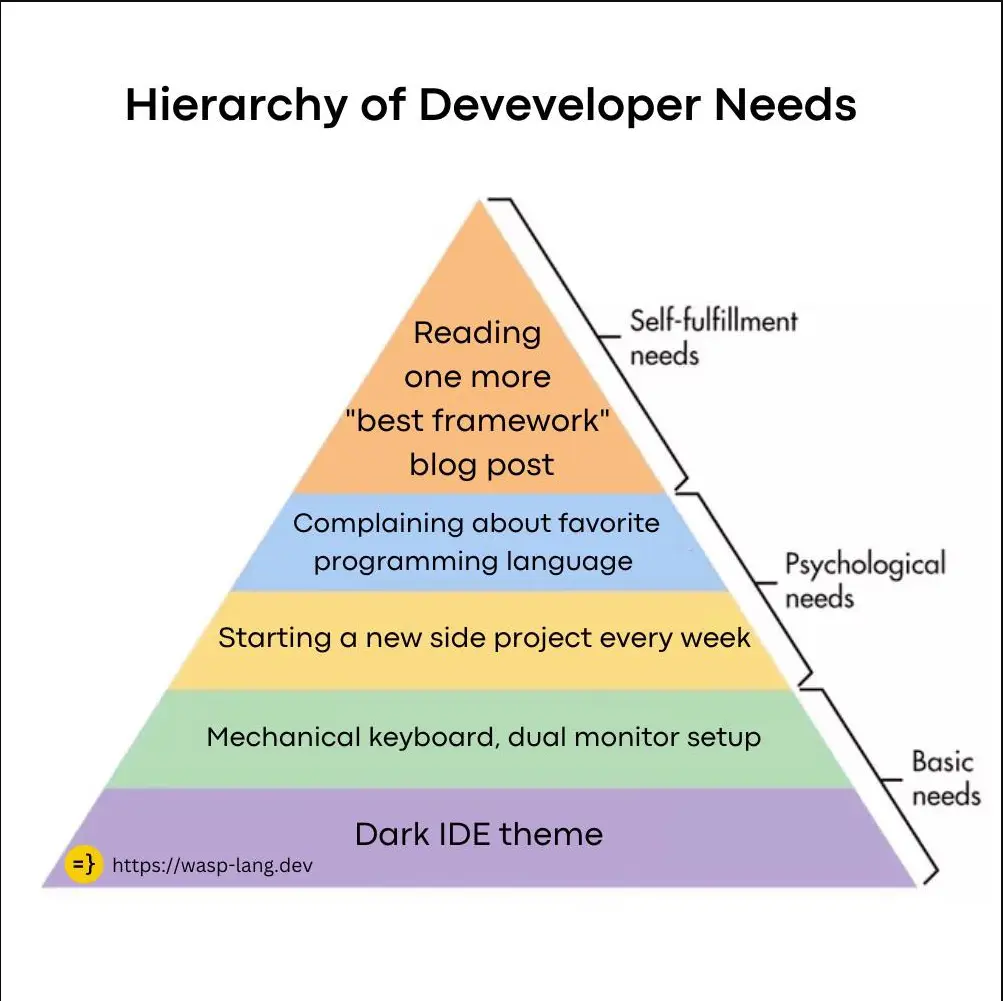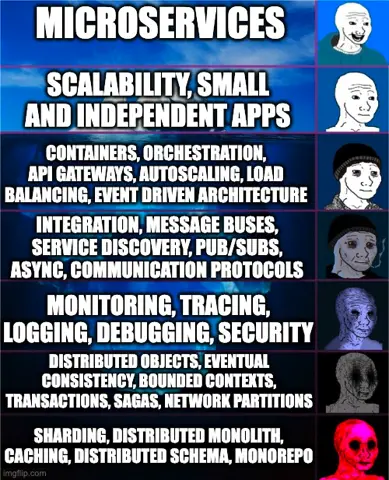I like kotlin SpringBoot apps deployed to k8s. Go apps for custom k8s operators/controllers.
Cloud Terminology Glossary for AWS, Azure, and GCP (Lucidchart)
Cloud terminology can be complicated when you’re dealing with more than one cloud provider. That’s why we’ve created an interactive cloud terminology glossary. Now it’s easy to find and use the correct cloud terms whether you are using AWS, Azure, or GCP.

> With this growth in cloud computing, three key players—AWS, Azure, and GCP—have emerged, each with its own cloud terminology to describe the features, functionality, and tools of cloud infrastructure.
> And that terminology becomes even more complicated when you’re dealing with more than one cloud provider. For example, AWS terminology refers to a data warehouse as “Redshift,” GCP uses the term “BigQuery,” and Azure terminology calls it “SQL data warehouse.”
Thanks for sharing! I definitely hadn't seen that plugin. We definitely use helm, even though I hate it lol. I will take a look when I get around to looking at external secrets since I still haven't had a chance to (you know how it goes... priorities made up by some random PM or whatever)
best way:
$(pwd)/ngnix.conf:
I find it very difficult to recommend generative ai as a learning tool (specifically for juniors) as it often spits out terrible code (or even straight up not working) which could be mistaken as "good" code. I think the more experienced a dev is, the better it is to use more like a pair programmer.
The problem is it cannot go back and correct/improve already generated output unless prompted to. It is getting better and better, but it is still an overly glorified template generator, for the most part, that often includes import statements from packages that don't exist, one off functions that could have been inline (cannot go back and correct itself), and numerous garbage variables that are referenced only once and take up heap space for no seemingly no good reason.
Mainly speaking on GPT4, CoPilot is better, both have licensing concerns (of where did it get this code from) if you are creating something real and not for fun.
Extended GitHub Actions support gonna be the bees knees
I prefer Sealed Secrets over sops since it has the namespace scoping element and can also be stored in repo (once encrypted). I also generally prefer having a controller deployed rather than forcing devs to learn kustomize (which we don't widely use yet) so I guess less of a support burden for me.
I can't believe I haven't seen external secrets before. Sealed secrets are cool, but such a pain as you described. Gonna be setting up external secrets next week sounds like. Thanks for the great post
We invite you to join us for IntelliJ IDEA Conf 2024 and gain insights from industry leaders and experts.

>IntelliJ IDEA Conf celebrates the developer community and its desire to learn and improve every day. We invite you to join us for this free online conference and gain insights from industry leaders and experts. Join us on March 6–7 for a free virtual event that you won’t want to miss.
I have been using "gaming" keyboards for coding for ~10 years now. The only thing to be wary of imo, is keebs that have "extra customizable keys" on them and break conformity from a standard layout. Depends on the device, but Logitech will call them "G keys", for example, and often stick them on the far left of the board, left of tab/caps/L shift. Makes life a lot more difficult if not gaming.
Outside of that, I think calling something a "gaming" keyboard is more of a marketing tactic to up the price. It's hard to not recommend mechanical, but that sounds out of budget and often hard to do wireless/bluetooth, but personally I think mech is the top priority.
What I have seen a lot of peers do is wait to see whatever keyboard the get in office, then buy the same one for home for consistency, rather than dragging a personal one back and forth. Often companies will offer basic boards like logitech K270, K350, or K650. Not amazing, not terrible, and most likely fit in your described criteria.
Im a bit late to the show, but I personally feel like you are heading down the wrong path. Unless you are trying to completely host locally, but for some reason want your backups in the cloud, and not simply on separate local server, you are mixing your design for seemingly no reason. If you are hosting locally, you should back up to a separate local instance.
If you indeed are cloud based, you SHOULD NOT be hosting a DB separately. Since you specified S3, you are using AWS, and you should rather use RDS managed mySQL and should use the snapshot feature built in. ref
I am not as familiar with Cloud Native DevOps Newsletter but I do enjoy the podcast
December 8th, 2009 - Motorola Droid successfully rooted ... [granting] root access on the phone using a terminal emulator. This is how I learned bash which inevitably pushed me into pursuing proper Computer Science.
Interesting perspective I hadn't considered before, thanks for sharing. Also, not sure where the Java 7 thing comes from, but I run Java 17 with gradle/kotlin non-android, works very well in IntelliJ, outside of consuming a million gigs of ram lol
I believe in GitHub branch protection rules, you can set required review by a code owner, as well as set an amount of reviews required.
You are also able to structure codeowner files and assign codeowners to certain paths within the repo that they "own", rather than all or nothing.
You are able to set bypass rules for certain individuals, and as repo admin there is a little checkbox on PRs that will appear by default to allow you to ignore the requirements, although it is generally not recommended, but I won't harp on the reasons others have already pointed out.
disclaimer: I mainly work on a GHES instance, which may be function slightly different than public GH
I think JetBrains has fully bought into Gradle. I think Maven support has been less and less over time, which shouldn't be a surprise. Gradle supports native Kotlin build scripts (i.e. build.gradle.kts), as well as putting a lot of work into ensuring their tools fit well within the Gradle ecosystem (exhibit A: https://github.com/JetBrains/intellij-platform-plugin-template). I think it only natural for the creator/owner/maintainer of Kotlin to go full in on the build system that supports the language!
controversial take: who still uses maven? who would prefer xml files over build scripts? (ok... fine, big timers like RedHat definitely do, or at least, have never taken/don't want to take the time to upgrade lol)
I'm not big on Samsung devices outside TVs/monitors (although expensive, definitely best quality IMO). However, I am a fan of them leaning toward affordability to the average consumer! Assuming able to root, remove Tizen, and install from custom ROM, I may look into getting one of these now.
Live Webinar - JPA Buddy – From Zero to Hero - Nov 9, 2023
In this <i>noslides</i> live-coding session, you’ll learn about JPA Buddy’s functionality for managing your JPA data model from the ground up.

In this #noslides live-coding session, you’ll learn about JPA Buddy’s functionality for managing your JPA data model from the ground up. JPA Buddy currently works as a plugin, but starting with the 2023.3 release, its main functionality will be bundled into IntelliJ IDEA Ultimate by default.
December 8th, 2009 - Motorola Droid successfully rooted ... [granting] root access on the phone using a terminal emulator. This is how I learned bash which inevitably pushed me into pursuing proper Computer Science.
I prefer a similar workflow.
I am a major advocate of keeping CI as simple as possible, and letting build tools do the job they were built to do. Basic builds and unit/component testing. No need for overcomplicating things for the sake of "doing it all in one place".
CD is where things get dirty, and it really depends on how/what/where you are deploying.
Generally speaking, if integration testing with external systems is necessary, I like to have contract testing with these systems done during CI, then integration/e2e in an environment that mimics production (bonus points if ephemeral).
IntelliJ IDEA 2023.2 Is Out!
IntelliJ IDEA 2023.2 has arrived! Explore the exciting new features and improvements this release has to offer.

>The IntelliJ IDEA 2023.2 release introduces AI Assistant to facilitate your development with a set of AI-powered features. The IntelliJ Profiler now provides in-editor hints, making the profiling process more intuitive and informative. This release also includes GitLab integration to help streamline your development workflow.
https://www.jetbrains.com/idea/whatsnew/2023-2/
The most difficult generalisation step is going from one to two. Once you've generalised to two cases, it's much easier to generalise to three, four, or n cases.
🥇
Although it seems to ignore things like sidecar containers to support the application locally (rather than needing to do a full install of a database tech, for example), I really like the point being driven.
SRE is the Ops part of DevOps, if you ask me.
I made a detailed comment recently about SRE.
I personally agree that it makes sense to use !devops for SRE related content.
I think Go is good to learn. Many vetted open source Go tooIs use Makefiles (e.g. kustomize) which may be a good point of entry for DevOps in Go.
2022 State of DevOps Report Takeaways Livestream (video - 63m)

YouTube Video
Click to view this content.
Links to certain topics in video description
> This year, JetBrains partnered with Google Cloud and DORA to put together the 2022 State of DevOps report. We are hosting a livestream to present the key takeaways and discuss how to achieve successful software delivery and operational performance. > > In this livestream, we will: > > Introduce the report, along with some highlights from the newly released Accelerate State of DevOps Report from Google Cloud. Discuss the operational performance practices currently employed by JetBrains.
What Is a Cloud Native Network Function (CNF)?
CNF is a software service that fulfills network functionalities with cloud-native design principles. Click here to learn how CNF works.

> A cloud-native network function or CNF is defined as a software service that fulfills network functionalities while adhering to cloud-native design principles without requiring any hardware or appliance to house it. This article explains the architecture and working of a cloud-native network function. It also provides examples of commonly-used CNFs.
Anyone using the new IntelliJ UI (Beta)?
This page will bring you up to speed on the new interface in IntelliJ IDEA. Despite the new look and feel, the UI hasn’t lost a step in terms of functionality and can be customised to meet your needs.
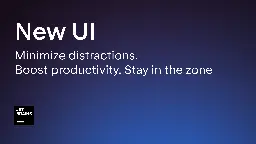
I personally saw it, thought something around the lines of "this looks like VS Code" (probably will take some getting used to), and disabled.
Curious if anyone is using it and your thoughts so far.
Learn about the domain name system, how it works, the types of DNS servers in use, DNS security concerns and the history of the technology.
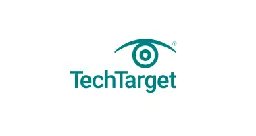
> The domain name system (DNS) is a naming database in which internet domain names are located and translated into Internet Protocol (IP) addresses. The domain name system maps the name people use to locate a website to the IP address that a computer uses to locate that website.
What is a content delivery network (CDN)? - Cloudflare
> A content delivery network (CDN) is a geographically distributed group of servers that caches content close to end users. A CDN allows for the quick transfer of assets needed for loading Internet content, including HTML pages, JavaScript files, stylesheets, images, and videos...
Developing an IntelliJ Plugin
> IntelliJ Platform plugins can be developed by using either IntelliJ IDEA Community Edition or IntelliJ IDEA Ultimate as your IDE. Both include the complete set of plugin development tools. It is highly recommended to always use the latest available version, as the plugin development tooling support from bundled Plugin DevKit continues supporting new features.
Companies that want to achieve zero downtime software deployment can avoid interruptions by using Blue-Green, Canary, Rolling, or A/B DevOps strategies.

># Rolling Deployment > >A rolling deployment strategy slowly replaces previous versions of an application with new versions by entirely switching out the environment in which the application is running. For example, containers running new versions of an application may take the place of containers running previous versions of an application.... > ># Canary Deployment > >To avoid risk, a canary deployment uses a phased approach in which traffic is shifted in increments. With the aid of a router or load balancer, new application code is released to a small group of users so it can be tested. Metrics measure the success of the new iteration.... > ># Blue-Green Deployment > >Blue-Green deployments eliminate downtime by running 2 identical production environments, one called Blue and the other called Green. Only one of the environments is live at any one time and handles all production traffic.... > ># A/B Deployment > >An A/B deployment strategy allows your company to test 2 versions of an application on users. The “A” version would be the old version, while the “B” version would contain a new or revised feature. Each version would be released to a subset of users for testing and feedback....
DevOps and Docker Talk: Cloud Native Interviews and Tooling (Podcast)
Interviews from Bret Fisher's live show. Topics cover container and cloud topics like Docker, Kubernetes, Swarm, Cloud Native development, DevOps, SRE, GitOps, DevSecOps, platform engineering, and the full software lifecycle. Full show notes and more info available at https://podcast.bretfisher.com
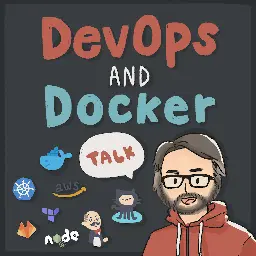
I don't know much about Bret's courses, but I do enjoy his podcast.
> Topics cover anything DevOps, cloud management, sysadmin, Docker and container tools like Kubernetes and Swarm, and the full software lifecycle supply chain.
The Illustrated Children's Guide to Kubernetes - Video (8m)

YouTube Video
Click to view this content.
Although it infantilizes k8s quite a bit, this video REALLY helped me when I started my cloud native journey
Apollo backend server
Apollo backend server. Contribute to christianselig/apollo-backend development by creating an account on GitHub.
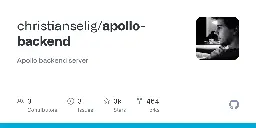
Good quality production go
CI/CD pipeline with GitHub Actions in four simple steps
Here’s a quick guide on the advantages of using GitHub Actions as your preferred CI/CD tool—and how to build a CI/CD pipeline with it.

